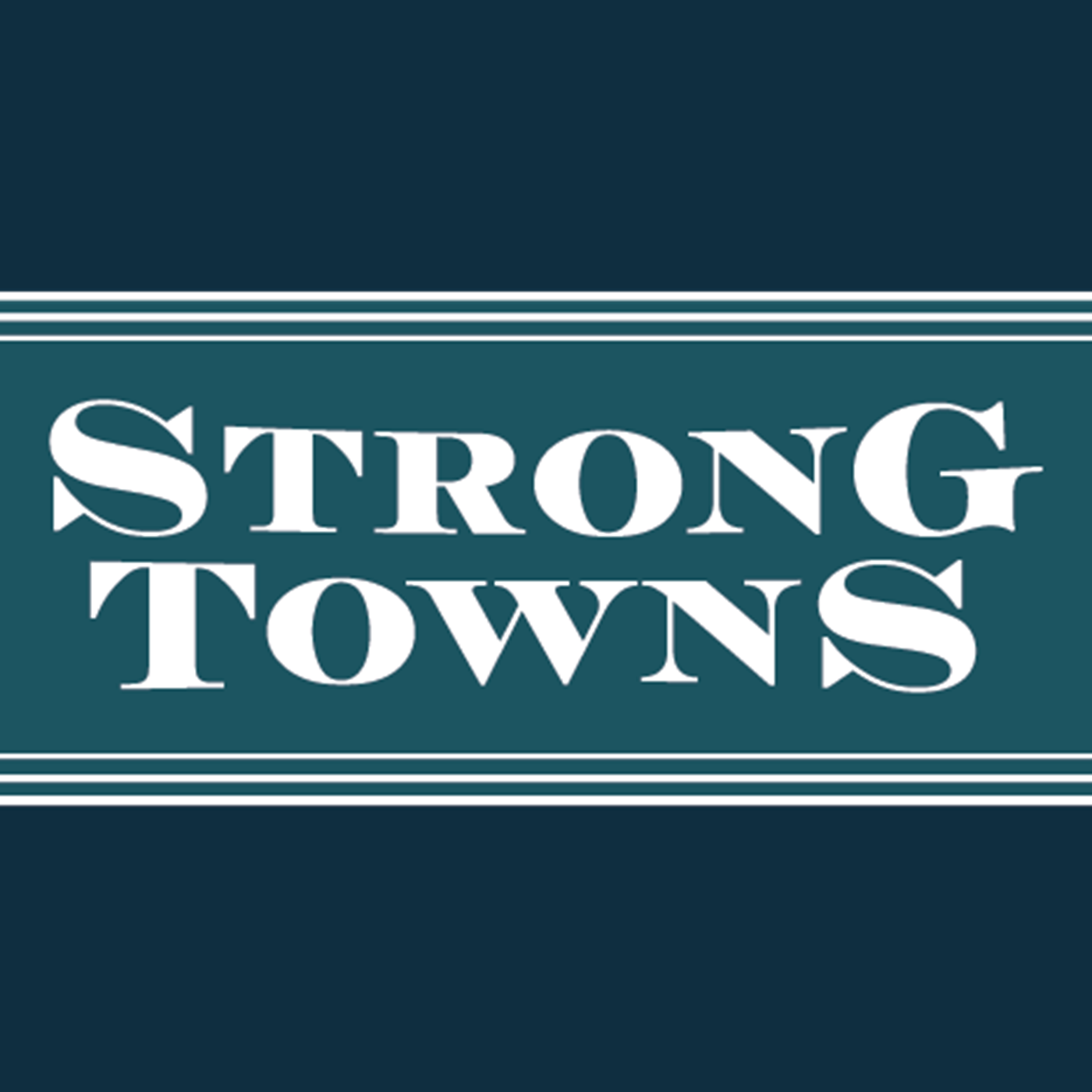- Government
- SEE MORE
- classical
- general
- talk
- News
- Family
- Bürgerfunk
- pop
- Islam
- soul
- jazz
- Comedy
- humor
- wissenschaft
- opera
- baroque
- gesellschaft
- theater
- Local
- alternative
- electro
- rock
- rap
- lifestyle
- Music
- como
- RNE
- ballads
- greek
- Buddhism
- deportes
- christian
- Technology
- piano
- djs
- Dance
- dutch
- flamenco
- social
- hope
- christian rock
- academia
- afrique
- Business
- musique
- ελληνική-μουσική
- religion
- World radio
- Zarzuela
- travel
- World
- NFL
- media
- Art
- public
- Sports
- Gospel
- st.
- baptist
- Leisure
- Kids & Family
- musical
- club
- Culture
- Health & Fitness
- True Crime
- Fiction
- children
- Society & Culture
- TV & Film
- gold
- kunst
- música
- gay
- Natural
- a
- francais
- bach
- economics
- kultur
- evangelical
- tech
- Opinion
- gaming
- College
- technik
- History
- Jesus
- Health
- movies
- radio
- services
- Church
- podcast
- Education
- international
- Transportation
- Other
- kids
- podcasts
- philadelphia
- Noticias
- love
- sport
- Salud
- film
- and
- 4chan
- Disco
- Stories
- fashion
- Arts
- interviews
- hardstyle
- entertainment
- humour
- medieval
- literature
- alma
- Cultura
- video
- TV
- Science
- en
John Pattison: From Slow Food to Slow Church

In 1986, the Italian journalist Carlo Petrini organized a protest of the opening of a McDonald\u2019s restaurant near the Spanish Steps in Rome. Holding bowls of penne pasta, the protestors chanted, \u201cWe don\u2019t want fast food, we want slow food.\u201d \nBy one standard, the protest was unsuccessful: the McDonald\u2019s opened as planned. (It was apparently such a big deal that teenagers \u201cnearly stormed the restaurant, stopping traffic and causing havoc in the streets.\u201d) Yet not all was lost, because out of that demonstration was birthed Slow Food, an international movement that now has 150,000 members worldwide. Slow Food helps save endangered foods and food traditions, promotes local food and drink, and re-educates industrialized eaters on how to enjoy real food again. We\u2019re so far removed from where our food comes from that we literally have to re-learn how to taste.\nSlow Food has also gone on to inspire other Slow movements, including Slow Money and Slow Cities. While these movements differ in subject, scope, and strategy, what they have in common is their opposition to what the sociologist George Ritzer described as McDonaldization, or \u201cthe process by which the principles of the fast-food restaurant are coming to dominate more and more sectors of American society.\u201d Ritzer identified four core values of McDonaldization:\nEfficiency\nPredictability\nCalculability (a focus on countable results)\nand Control, which runs through all the others.\nFood, money, and cities aren\u2019t, of course, the only areas of life to have ceded ground to the \u201ccult of speed.\u201d According to Strong Towns content manager John Pattison, the North American church has proven just as susceptible as the rest of culture to the promises of McDonaldization. That\u2019s why for the better part of a decade, John and his friend Chris Smith have been exploring and promoting the concept of \u201cSlow Church.\u201d A Slow Church is a faith community deeply rooted in the pace and place of its neighborhood, a church working with neighbors to weave a fabric of care in their particular place. Together, John and Chris wrote the book Slow Church: Cultivating Community in the Patient Way of Jesus.\nIn this week\u2019s episode of the Strong Towns podcast\u2014the final episode of 2020\u2014Strong Towns president Chuck Marohn invited John to talk about Slow Church and how the Slow Church and Strong Towns conversations overlap. They discuss what it means to be a \u201cslow church,\u201d the importance of proximity, why human beings are \u201ccalled to community,\u201d and what a polarized country can learn from the stunning diversity among Jesus\u2019 apostles. They also talk about how churches are working in their neighborhoods, "grocery aisle accountability," and how\u2014led by churches\u2014John\u2019s town has made eating together part of the community fabric.\nAdditional Show Notes:\nSlow Church: Cultivating Community in the Patient Way of Jesus, by John Pattison and C. Christopher Smith\n\u201cConversation: A Neighborhood\u2019s Way of Life,\u201d by C. Christopher Smith\n\u201cHow Sharing Food Can Strengthen Communities,\u201d by Hilary Dumitrescu\nJohn Pattison (Twitter)\nCharles Marohn (Twitter)\nRelated content from Strong Towns\n\u201cThe Bottom-Up Revolution is...Empowering Churches to Connect with Their Neighborhoods\u201d (Podcast)\n\u201cWalk Humbly: How Faith Communities Can Help Build Stronger Towns,\u201d by John Pattison\n\u201cDoes God Care How Wide a Road Is?\u201d by John Pattison\n\u201cLiving in Communion,\u201d by Charles Marohn\n\u201cFaith Communities Can Help Build Vibrant Neighborhoods,\u201d by Jennifer Griffin\n\u201cHow (and Why) to Make Your Church Bike-Friendly,\u201d by Sara Joy Proppe\n\u201cConversations on Faith: Sikhs and the City,\u201d by Johnny Sanphillippo\n\u201cConversations on Faith: Mormonism and Strong Towns,\u201d by Spencer Gardner